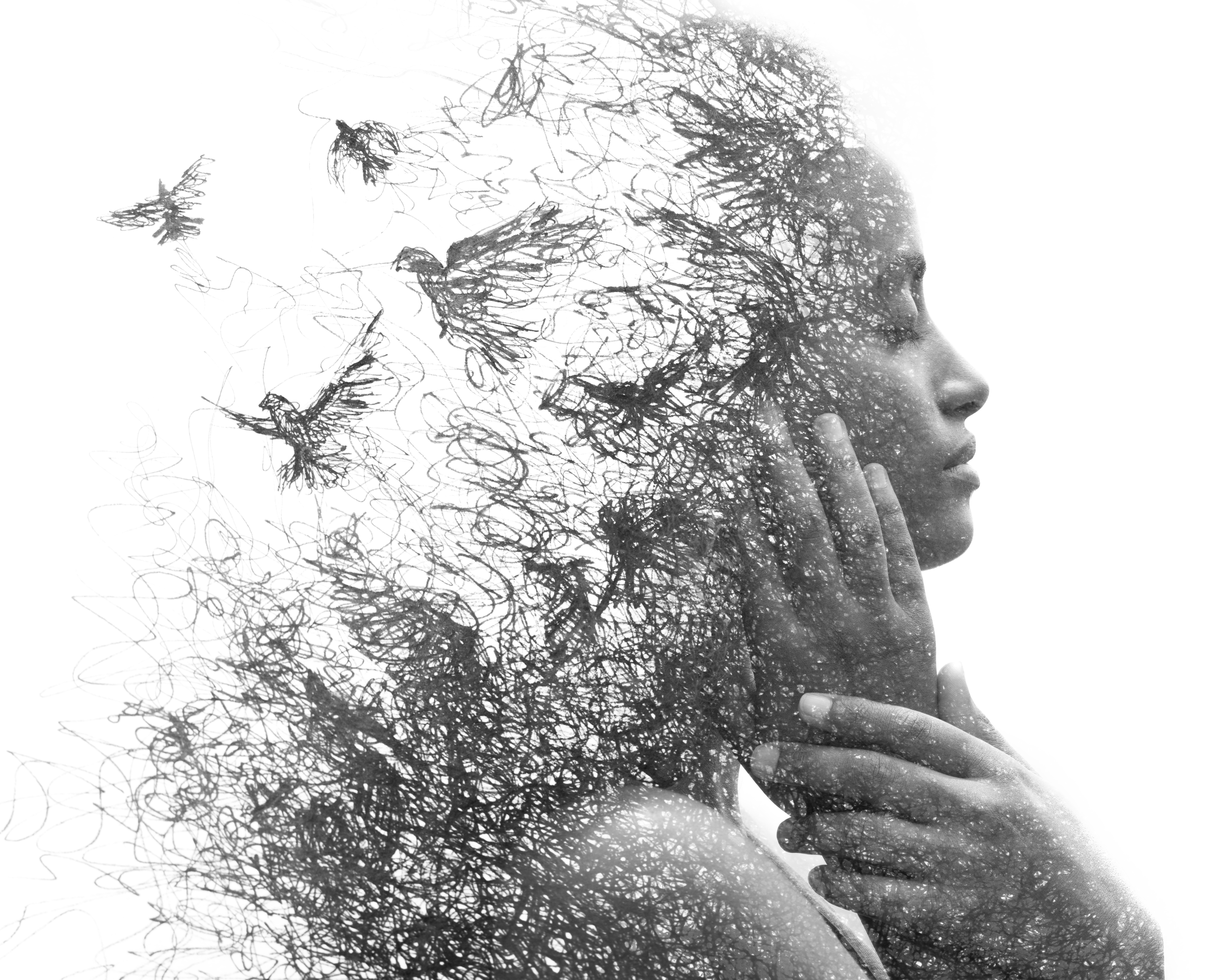Education contains the seed for both continuation and transformation. The tensions between these have varied extensively over time and across cultures. Ideally, education would sustain core human values which are often embedded in our traditions, including faiths and religions, and our ways of beings; equally, education can transcend the limitations in our personal and political lives, inspire our creativities, empower the young, and contribute to fairer and more just societies. For education to enable greater transformation, it must start with a renewed conception of aims of education, which is connected to our understanding of learning, and the practices of teaching, and the design of the spaces and processes within which learning takes place, and students flourish. So how we determine the aims of education is a key to the entire educational enterprise.
There are three most fundamental ends of education, which I summarise as A-B-C.
A stands for Awareness. Education should be aimed at cultivating an awareness of ourselves as spiritual beings whose worth are not dependent on who we are, where we come from, nor what we are. In other words, it is an awareness of our humanity beyond localised contingencies. This is the basis of our shared dignity. When this awareness of the spiritual ‘I’ is primary over and above our other identities defined by ethnicity, gender, religion, class, place and culture of origin, language, sexuality, and ability, we can feel peacefully and profoundly connected with one other. Faith communities have long contributed to this aim of education. For instance, According to Pope Benedict Sixteenth, “Without the acknowledgement of his spiritual being, without openness to the transcendent, the human person withdraws within himself, fails to find answers to the heart’s deepest questions about life’s meaning, fails to appropriate lasting ethical values and principles, and fails even to experience authentic freedom and to build a just society.’
B stands for Becoming. Brazilian education philosopher Paulo Freire had eloquently argued that for education to contribute to a cohesive and harmonious world, it ought to aim to support us to become more fully human, understood in terms of our holistic well-being and flourishing. Education can truly nurture those human qualities and the more it is attuned to students’ personal and collective well-being, the more education is inclusive and the more it supports cohesive, and just societies.
C stands for community. As OECD director Andreas Schleicher once highlighted, education is not transactional phenomenon, but rather it is a relational phenomenon. Thus the purpose of education includes enriching the relational process at its core. This means fostering learning community where children, young people, teachers, administrators, parents, caregivers, and others are equal participants, contributors, and partners of learning. A learning community is permeated by a culture of care, mutual concern, respect and solidarity. Such a culture expresses itself as openness, empathy, joyfulness, and friendships across difference. Schools cannot institutions, schools are spaces for communing, a faith-inspired word.
These three aims of education give rise to UNESCO’s four pillars of learning: Learning to know, learning to do, learning to be, and learning to live together.
Learning to know/to do suggests that knowledge and skills are included as contents of learning, but they are not ends in themselves, and instead, they are meaningful as part of human qualities, and our well-being. Learning to be and to become more fully human can empower young people to serve as agents of social transformation whose experiences in schools would pave the way for them to grow into strong advocates of ethical lives in the communities. This is connected to learning to live together in harmony, including helping the disadvantaged, , supporting those at the margin.
For education to promote values, diversity, inclusion, democracy, participatory governance, situated values-systems, emancipation, and social justice, there are a number of conditions and approaches to strengthening and improving transformative role of education. I highlight three here:
First, governments and leaders must be partners and collaborators of education (rather than dictators projecting social control over educators, students and parents). There will not only be resources and dedicated support to educative endeavours and holistic well-being in education, there will also be continued processes in place so that education is a joint-venture co-created between governments, leaders, educators, and members of the communities, through ongoing structural design, as well as economic socio-political, and cultural negotiations.
Second, for education to be transformative, teachers’ professional development, both pre-service and in-service, must be continuously supported and nurtured. In the light of the ABC aims, teachers’ professional learning must go beyond teaching subject knowledge, and imparting skills, but include developing practice and proficiency in the following: enabling dialogue and collaboration, modelling deep listening, encouraging diverse narrative sharing, and fostering critical thinking. In other words it involves helping teachers to shift from knowledge transmitter and skill instructor, to initiators, facilitators and partners of learning.
Third, relational processes must be placed at the core of education, pointing out that learning can be a joint co-inquiry and collaborative meaning-making. Schools will thus be developed as safe and courageous spaces for learning and exploring, and thriving cultures of co-inquiry. To do so, we must listen to our children and young people, nurture their voices, support them to be reflective researchers, and later the co-authors of our collective future. By tapping into the resources of the community, and by participating in the lived realities within the community, students not only augment their well-being, but further learn about the meaning and relevance of their learning to world of work, and to transforming their lived realities. Thus they bridge the arbitrary division between education, life in the world and social transformation.
Ultimately, when education is directed at the aims discussed here, it can truly contribute to a culture of inclusion, equity, and collaboration, as well as enable children and young people to be actors in our collective future-making.
